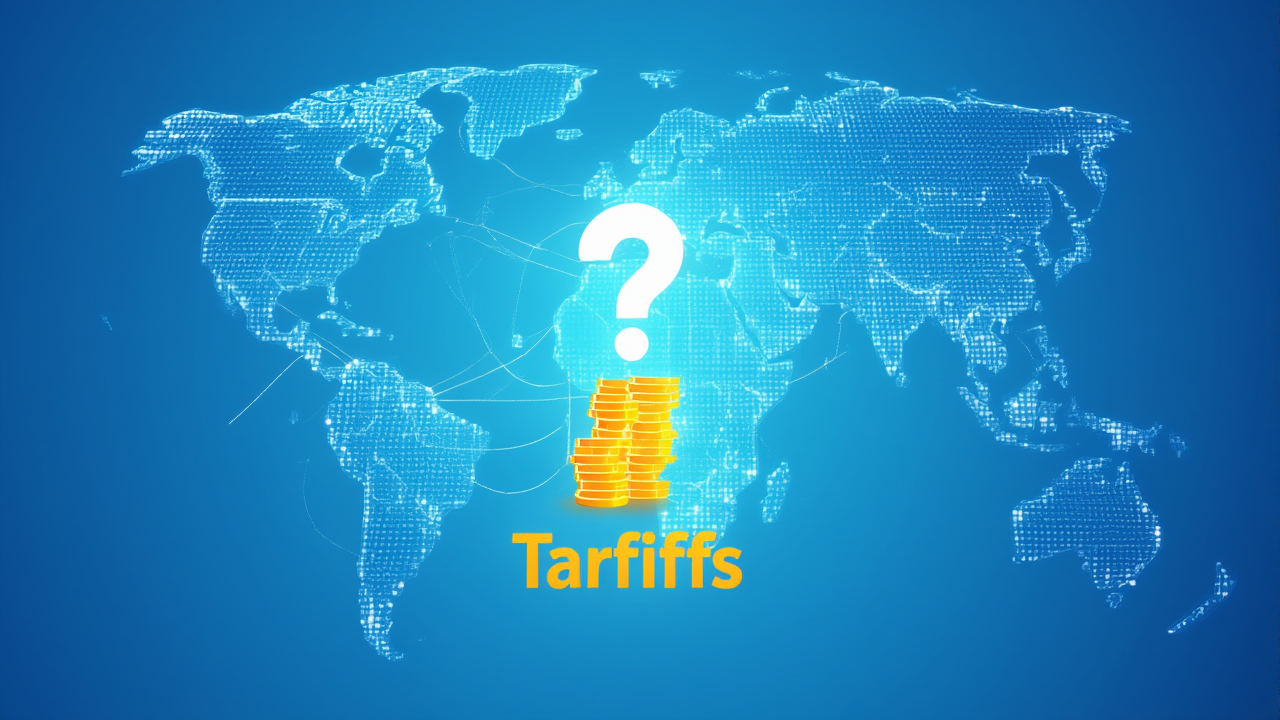Have you ever wondered, – how countries manage their trade, – or why certain imported goods sometimes cost more? Well, today, – we’re diving into the fascinating world of tariffs!
Simply put, – a tariff is a tax. But not just any tax! It’s a tax that a government imposes on goods and services that are imported from other countries. Think of it, – as an extra fee added when something crosses a border to be sold in your country.
So, why do countries do this? One big reason is to protect their own industries. Imagine a country that makes its own shoes. If foreign shoes are much cheaper, – everyone might buy those instead. A tariff on imported shoes makes them more expensive, – encouraging people to buy locally-made ones, – thus protecting local jobs and businesses.
Tariffs can also be a source of revenue for the government, – adding money to the national treasury. And sometimes, – they’re used as a bargaining chip in international negotiations, – giving a country leverage in trade talks.
Let’s say a laptop costs $500 to produce in country A. Without tariffs, – it might sell for $600 in country B. But if country B imposes a 10% tariff, – that’s an extra $50! Now, – the laptop costs $650, – making locally produced laptops more competitive.
For us, – the consumers, – tariffs often mean higher prices for imported goods. This can reduce our choices, – or make certain products less affordable. However, – for domestic businesses, – it can mean less competition from abroad and potentially more sales.
So, tariffs are a complex tool used by governments to influence trade, – protect industries, – and generate revenue. They have pros and cons, – sparking ongoing debates about free trade versus protectionism. Understanding them helps us better grasp the global economy!

